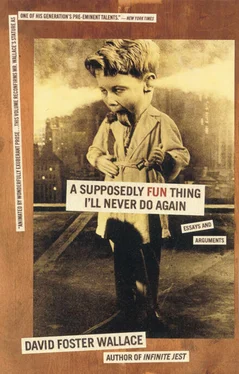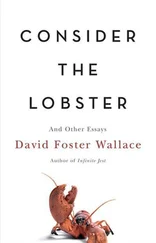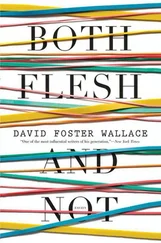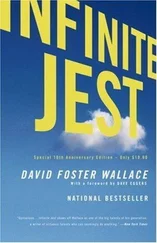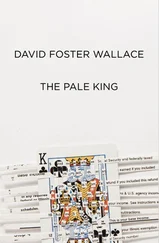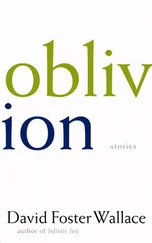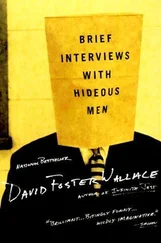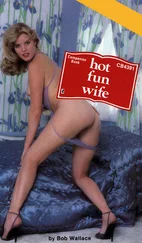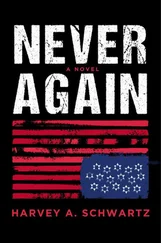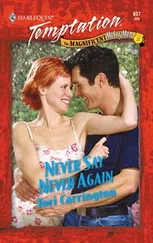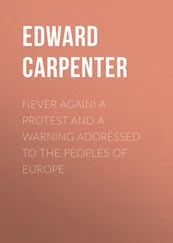The eight seeds in the Qualies are the eight players whom the Canadian Open officials expect will make the quarters and thus get into the main draw. The top seed this weekend is Richard Krajicek, 12a 6’5” Dutchman who wears a tiny white billed hat in the sun and rushes the net like it owes him money and in general plays like a rabid crane. Both his knees are bandaged. He’s in the top twenty and hasn’t had to play Qualies for years, but for this tournament he missed the entry deadline, found all the wild cards already given to uniquely deserving Canadians, and with phlegmatic Low Country cheer decided to go ahead and play the weekend Qualies for the match practice. The Qualies’ second seed is Jamie Morgan, an Australian journeyman, around 100th in the world, whom Michael Joyce beat in straight sets last week in the second round of the main draw at the Legg Mason Tennis Classic in Washington. Michael Joyce is seeded third.
If you’re wondering why Joyce, who’s ranked above the #85 cutoff, is having to play the Canadian Open Qualies at all, gird yourself for one more bit of complication. The fact is that six weeks ago Joyce’s ranking was not above the cutoff, and that’s when the Canadian entry deadline was, and that’s the ranking the tournament committee went on when they made up the main draw. Joyce’s ranking jumped from 119 to around 80 after this year’s Wimbledon, where he beat Marc Rosset (ranked 11 in the world) and reached the round of sixteen. Despite a bout of mononucleosis that kept him in bed through part of the spring, Joyce is having his best year ever as a pro and has jumped from 140 in the world to 79. 13But he was not in the world’s top 85 as of early June, and so he has to qualify in Montreal. It seems to me that Joyce, like Krajicek, might be excused for brooding darkly on the fact that four wild cards in the Canadian’s main draw have been dispensed to Canadians ranked substantially lower than 85, but Joyce is stoic about it. 14
The Qualie circuit is to professional tennis sort of what AAA baseball is to the major leagues: somebody playing the Qualies in Montreal is undeniably a world-class tennis player, but he’s not quite at the level where the serious TV and money are. In the main draw of the du Maurier Omnium Ltée, a first-round loser will earn $5,400 and a second-round loser $10,300. In the Montreal Qualies, a player will receive $560 for losing in the second round and an even $0.00 for losing in the first. This might not be so bad if a lot of the entrants for the Qualies hadn’t flown thousands of miles to get here. Plus there’s the matter of supporting themselves in Montreal. The tournament pays the hotel and meal expenses of players in the main draw but not in the Qualies. 15The eight survivors of the Qualies, however, will get their weekend expenses retroactively picked up by the tournament. So there’s rather a lot at stake: some of the players in the Qualies are literally playing for their supper, or for the money to make airfare home or to the site of the next Qualie.
You could think of Michael Joyce’s career as now kind of on the cusp between the major leagues and AAA ball. He still has to qualify for some tournaments, but more and more often he gets straight into the main draw. The move up from qualifier to main-draw player is a huge boost, both financially and psychically, but it’s still a couple plateaux away from true fame and fortune. The main draw’s 64 or 128 players are still mostly the supporting cast for the stars we see in televised finals. But they are also the pool from which superstars are drawn. McEnroe, Sampras, and even Agassi had to play Qualies at the start of their careers, and Sampras spent a couple years losing in the early rounds of main draws before he suddenly erupted in the early ’90s and started beating everybody.
Still, most main-draw players are obscure and unknown. An example is Jacob Hlasek, 16a Czech who is working out with Switzerland’s Marc Rosset on one of the practice courts this morning when I first arrive at Stade Jarry. 17I notice them and come over to watch only because Hlasek and Rosset are so beautiful to see; at this point I have no idea who they are. They are practicing groundstrokes down the line — Rosset’s forehand and Hlasek’s backhand — each ball plumb-line straight and within centimeters of the corner, the players moving with the compact nonchalance I’ve since come to recognize in pros when they’re working out: the suggestion is one of a very powerful engine in low gear. Jacob Hlasek is 6′ 2″ and built like a halfback, his blond hair in a short square East European cut, with icy eyes and cheekbones out to here: he looks like either a Nazi male model or a lifeguard in hell and seems in general just way too scary ever to try to talk to. His backhand’s a one-hander, rather like Lendl’s, and watching him practice it is like watching a great artist casually sketch something. I keep having to remember to blink. There are a million little ways you can tell that somebody’s a great player — details in his posture, in the way he bounces the ball with his racquet-head to pick it up, in the casual way he twirls the racquet while waiting for the ball. Hlasek wears a plain gray T-shirt and some kind of very white European shoes. It’s midmorning and already at least 90° and he isn’t sweating. Hlasek turned pro in 1982, six years later had one year in the top ten, and for the last decade has been ranked in the 60s and 70s, getting straight into the main draw of all the big tournaments and usually losing in the first couple rounds. Watching Hlasek practice is probably the first time it really strikes me how good these professionals are, because even just fucking around, Hlasek is the most impressive tennis player I’ve ever seen. 18I’d be surprised if anybody reading this has ever heard of Jacob Hlasek. By the distorted standards of TV’s obsession with Grand Slam finals and the world’s top five, Hlasek is merely an also-ran. But last year he made $300,000 on the tour (that’s just in prize money, not counting exhibitions and endorsement contracts), and his career winnings are over $4,000,000 U.S., and it turns out his home base for a long time was Monte Carlo, where lots of European players with tax issues end up living.
Michael Joyce is listed in the ATP Player Guide as 5′ 11″ and 165 pounds, but in person he’s more like 5′9″. On the Stadium Court he looks compact and stocky. The quickest way to describe him would be to say that he looks like a young and slightly buff David Caruso. He is fair-skinned and has reddish hair and the kind of patchy, vaguely pubic goatee of somebody who isn’t quite able yet to grow real facial hair. When he plays in the heat he wears a hat. 19He wears Fila clothes and uses Yonex racquets and is paid to do so. His face is childishly full, and while it isn’t freckled it somehow seems like it ought to be freckled. A lot of professional tennis players look like lifeguards — that kind of extreme tan that looks like it’s penetrated to the subdermal layer and will be retained to the grave — but Joyce’s fair skin doesn’t tan or even burn, though he does get red in the face when he plays, from effort. 20His on-court expression is grim without being unpleasant; it communicates the sense that Joyce’s attentions on-court have become very narrow and focused and intense — it’s the same pleasantly grim expression you see on, say, working surgeons and jewelers. On the Stadium Court, Joyce seems boyish and extremely adult at the same time. And in contrast to the Canadian opponent, who has the varnished good looks and Pepsodent smile of the stereotypical tennis player, Joyce looks terribly real out there playing: he sweats through his shirt, 21gets flushed, whoops for breath after a long point. He wears little elastic braces on both ankles, but it turns out they’re mostly prophylactic.
Читать дальше
